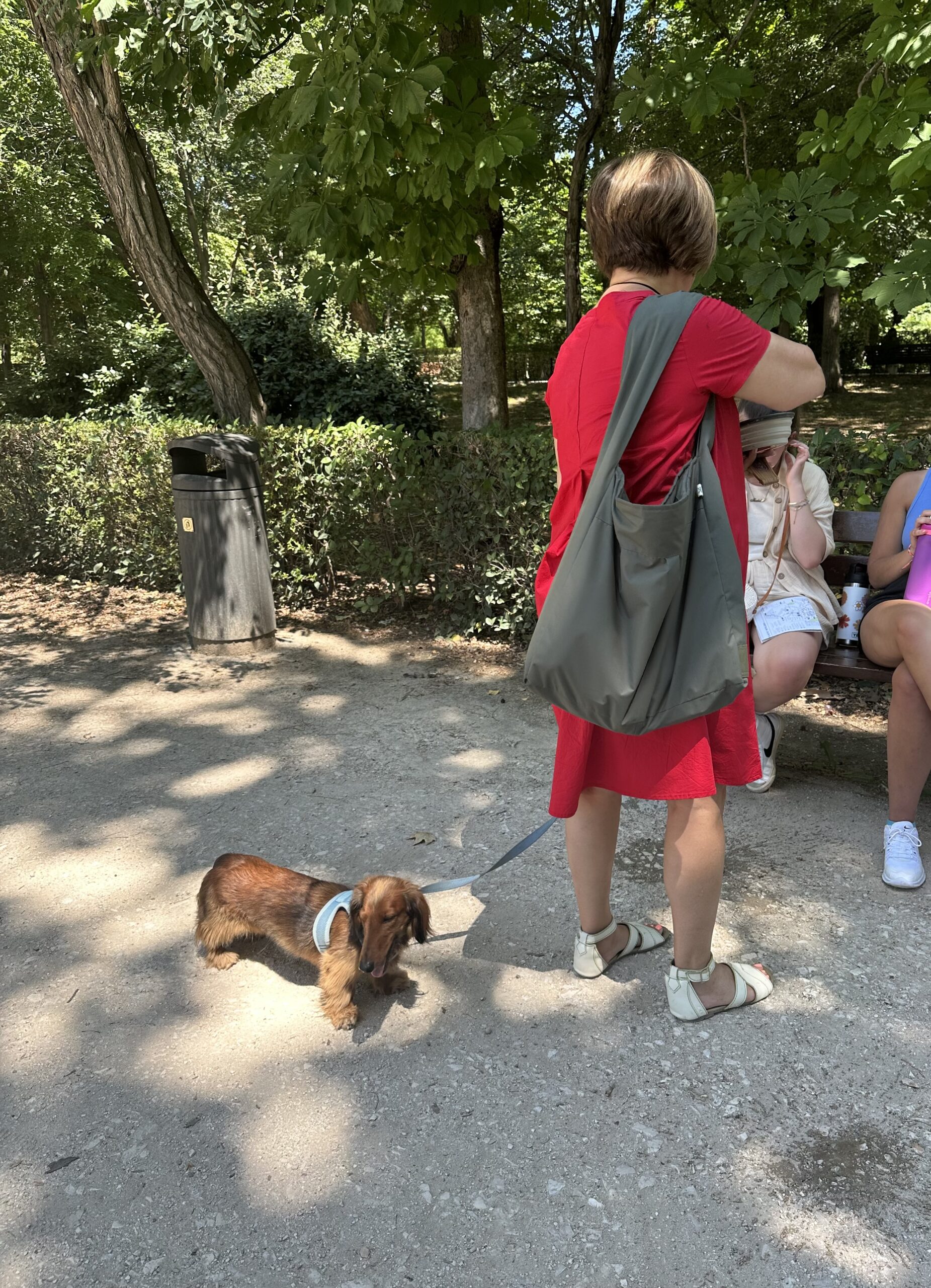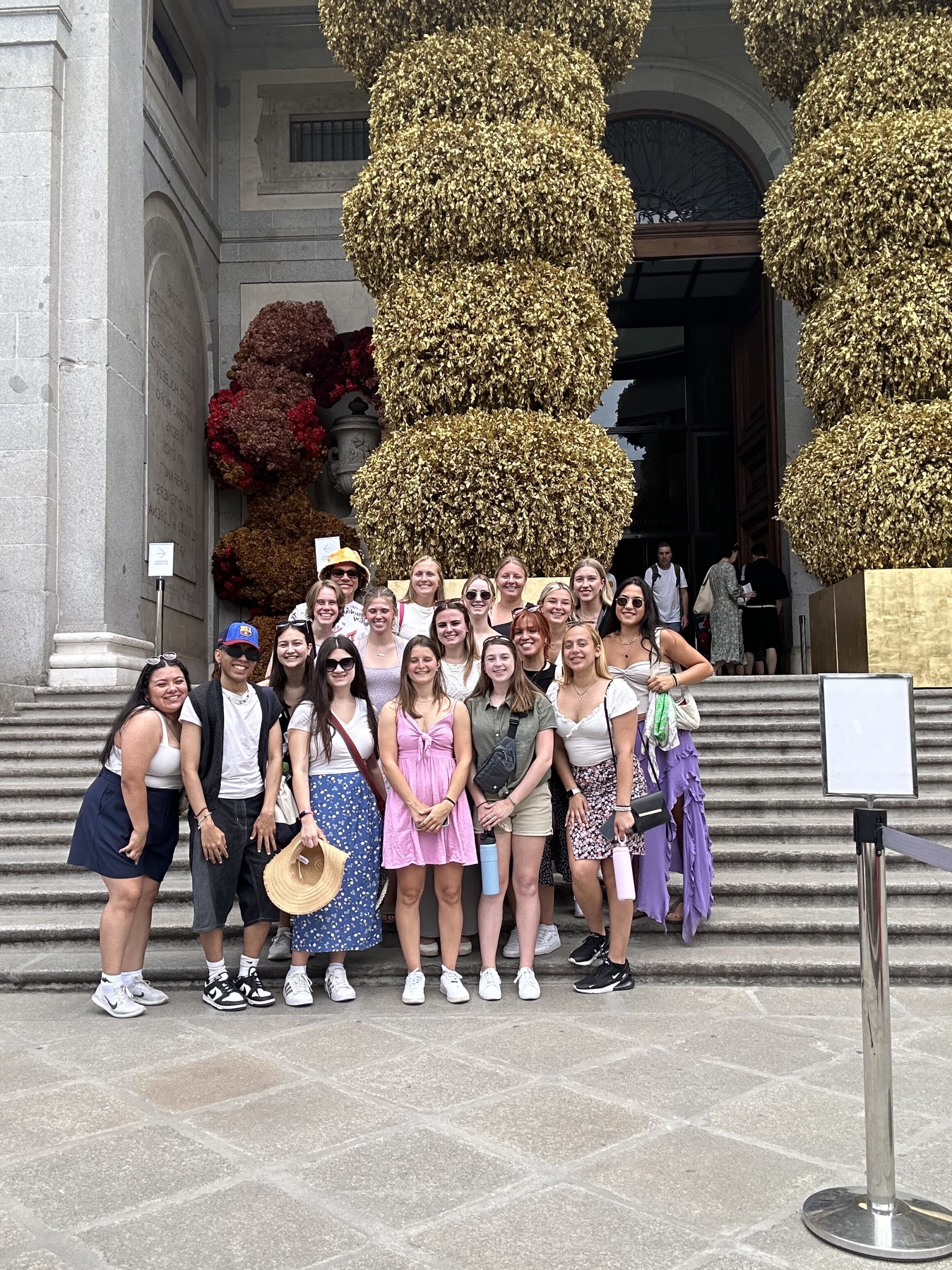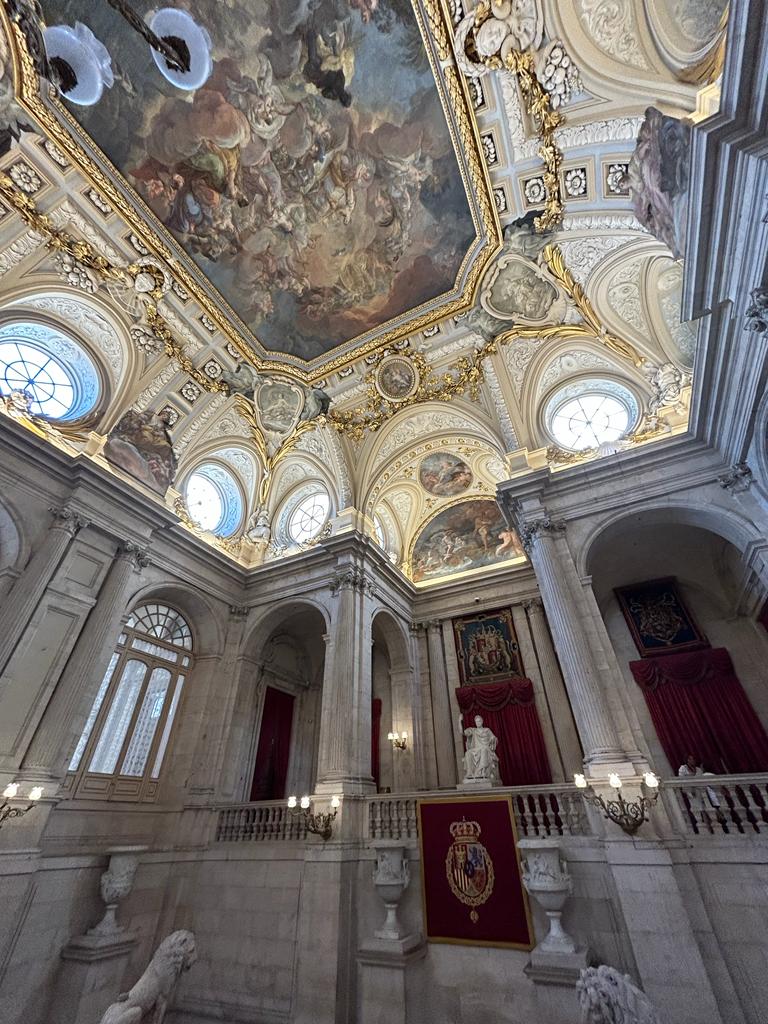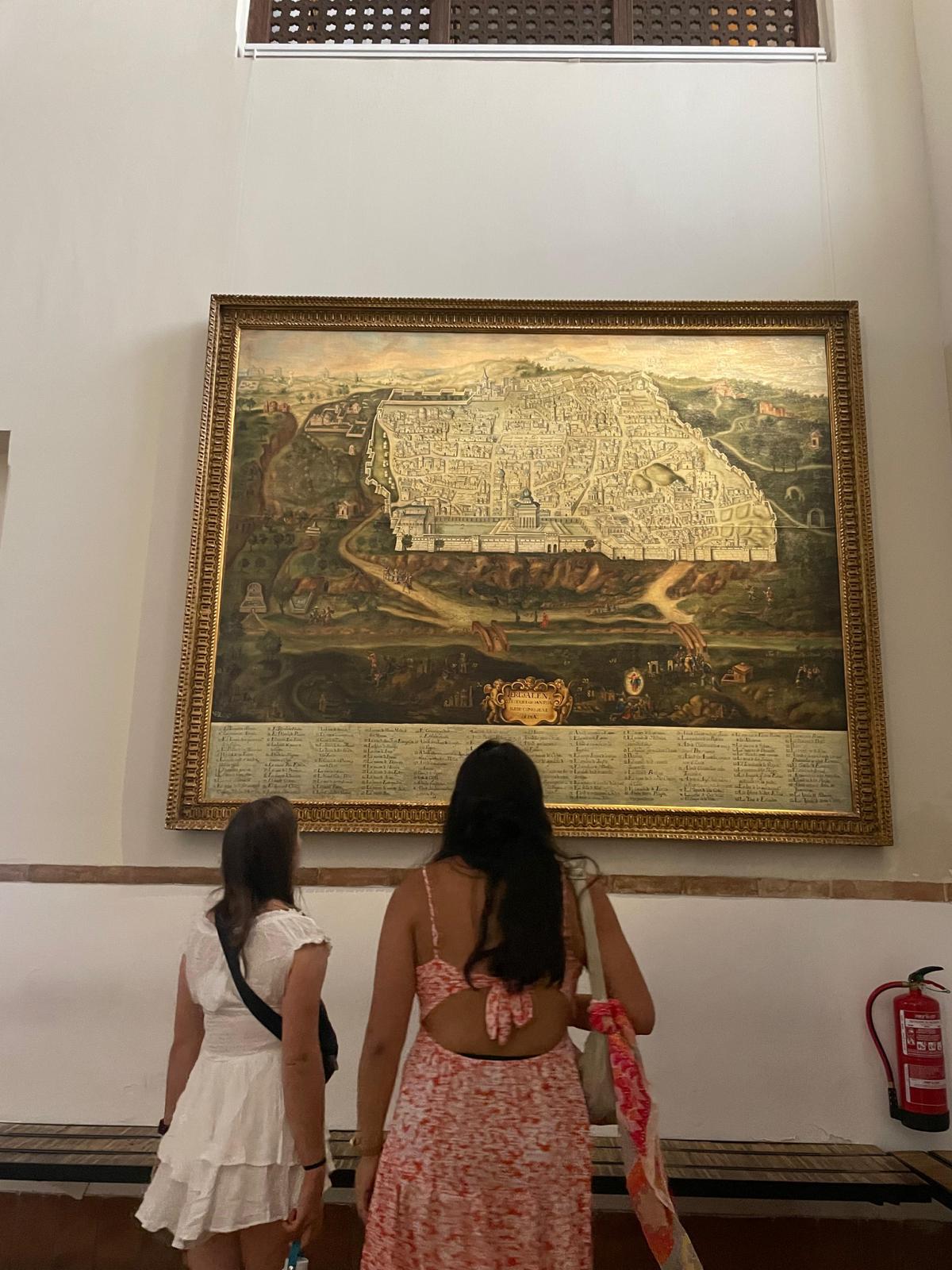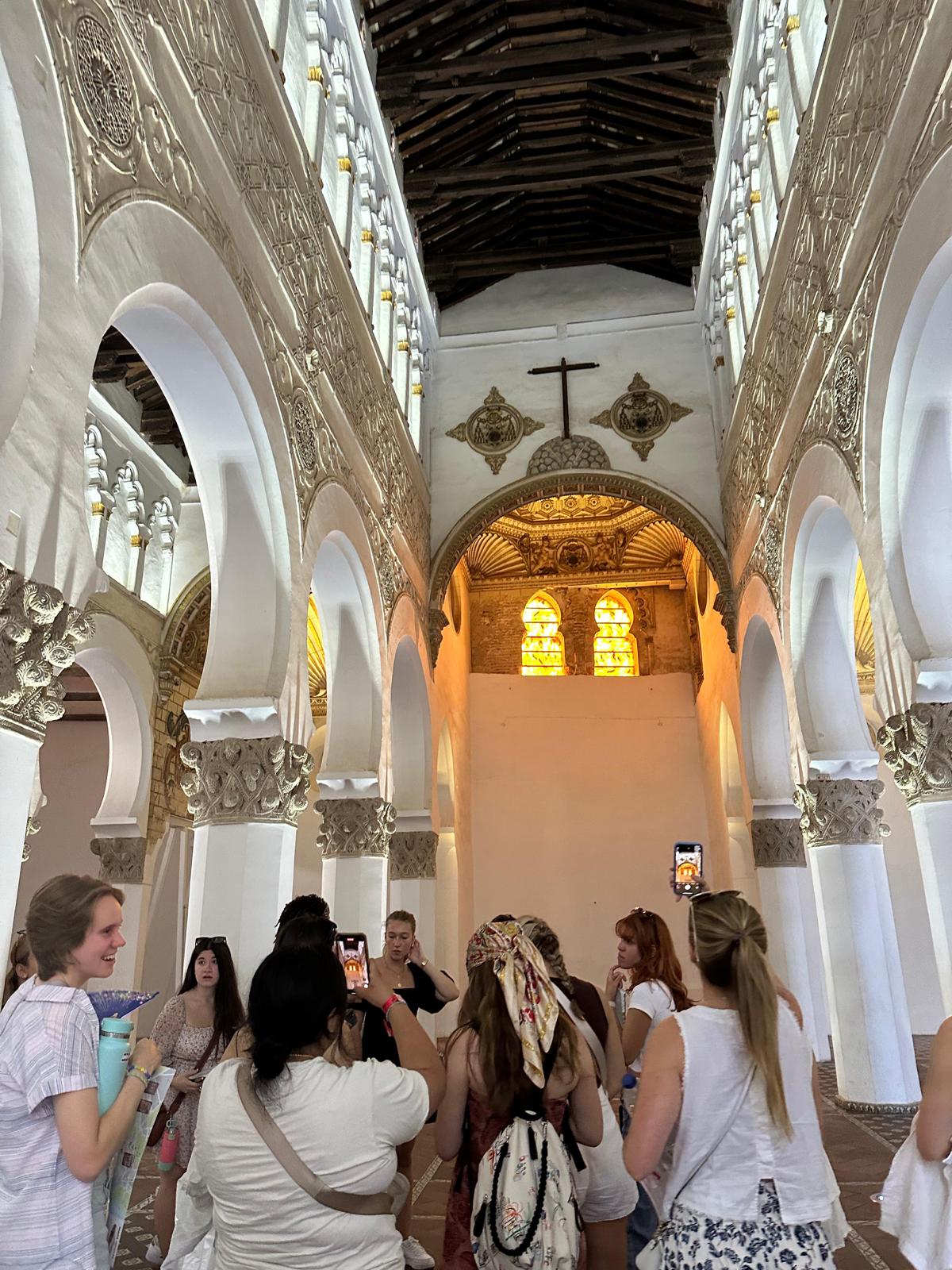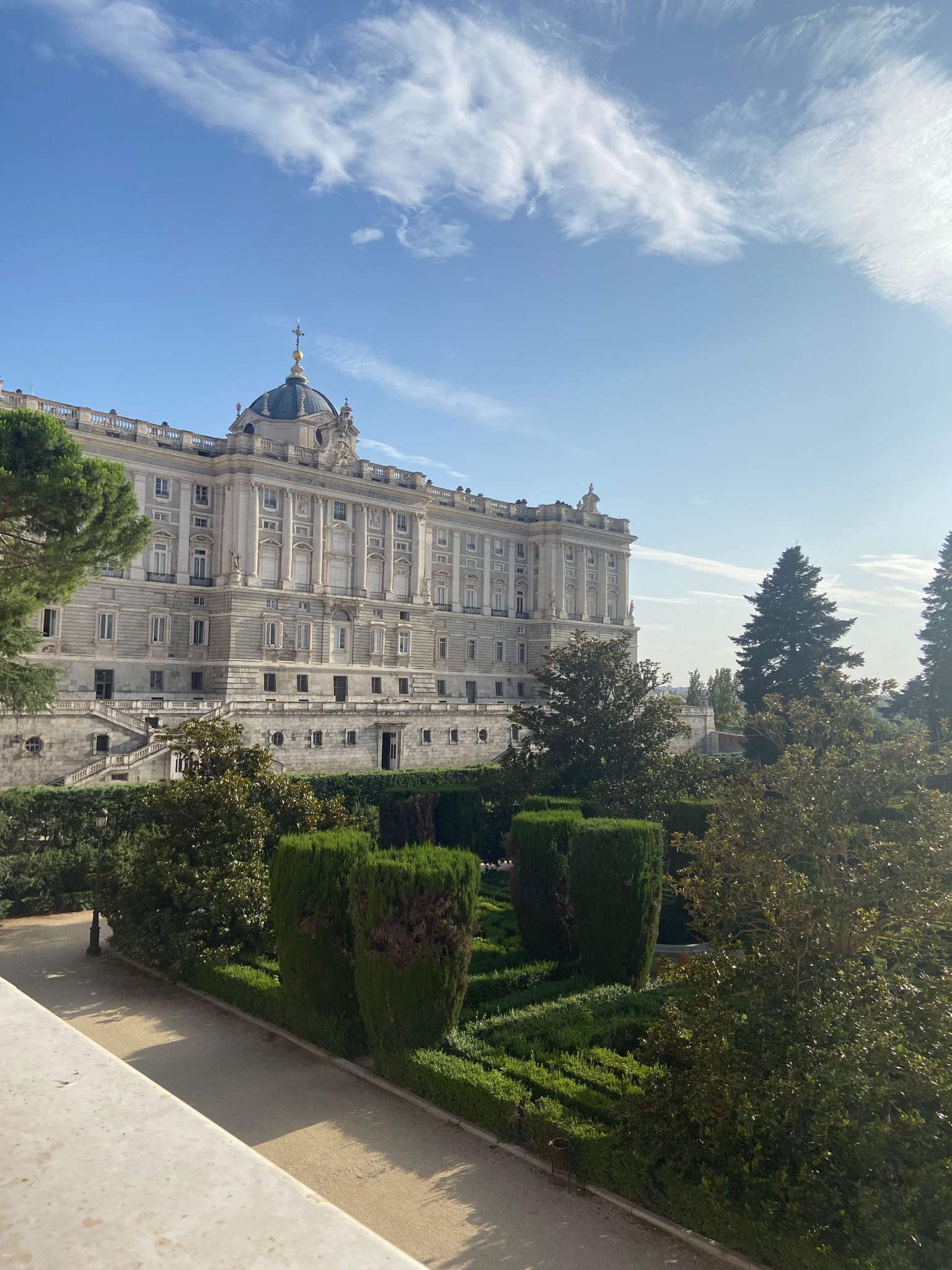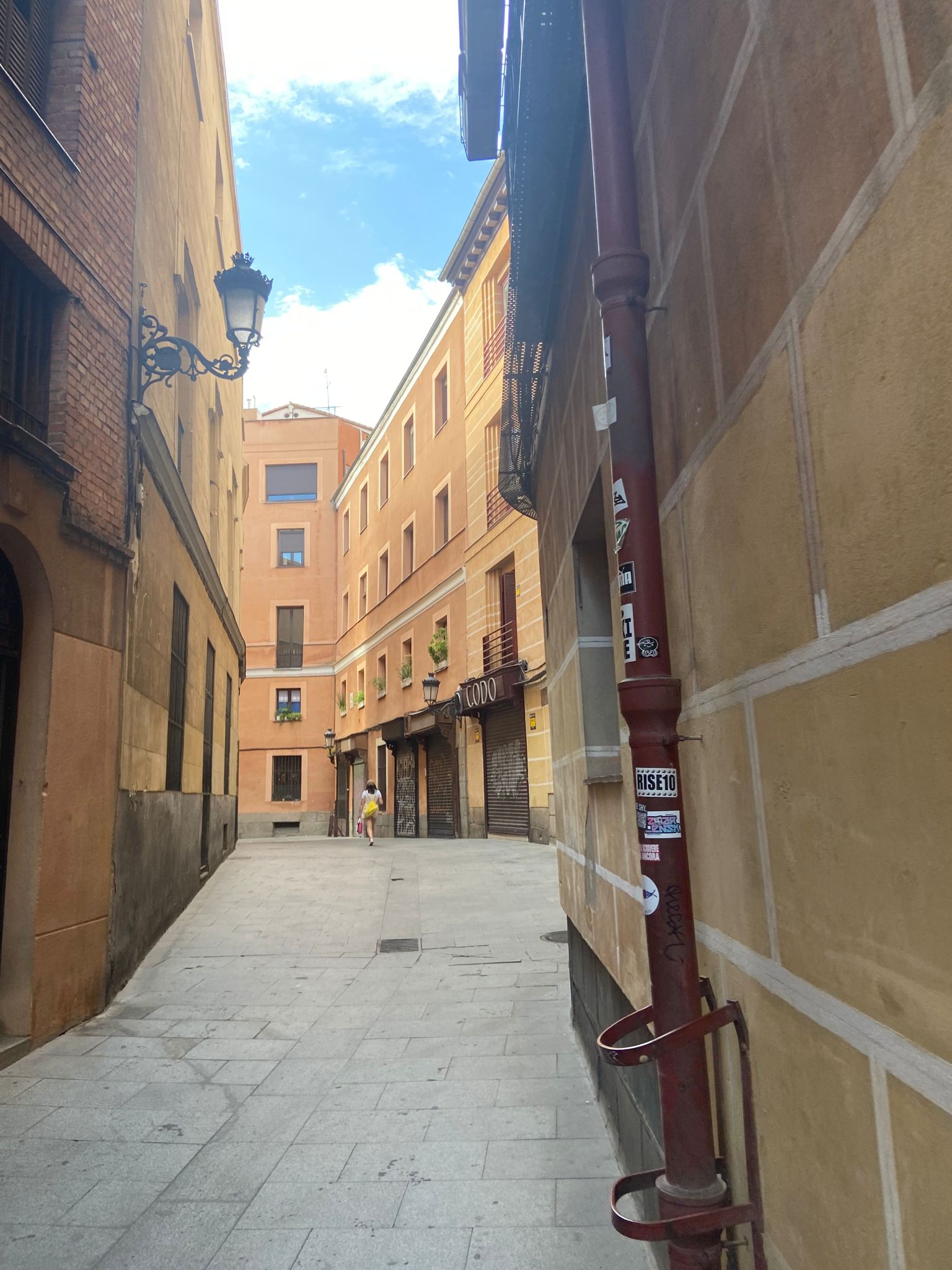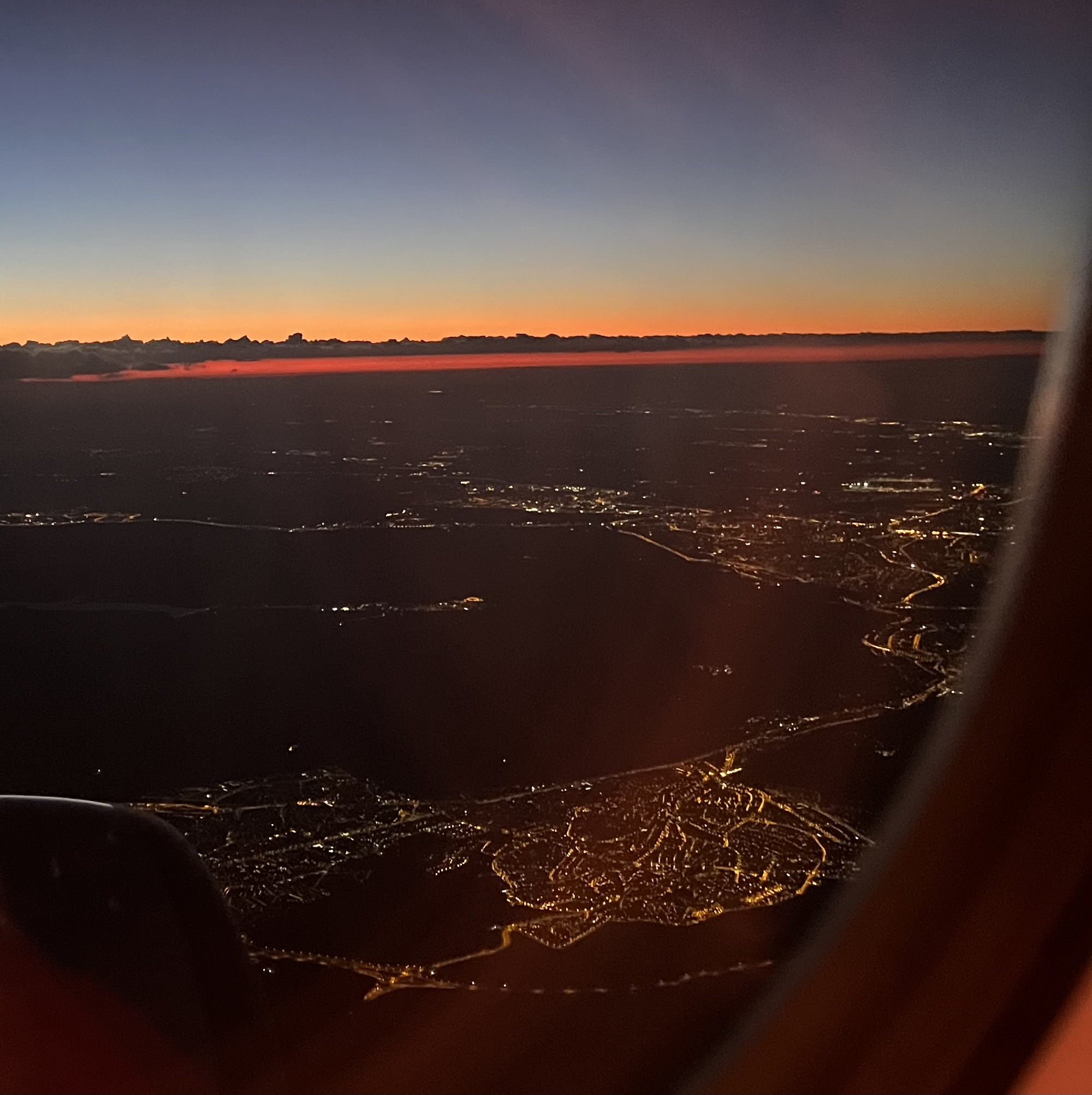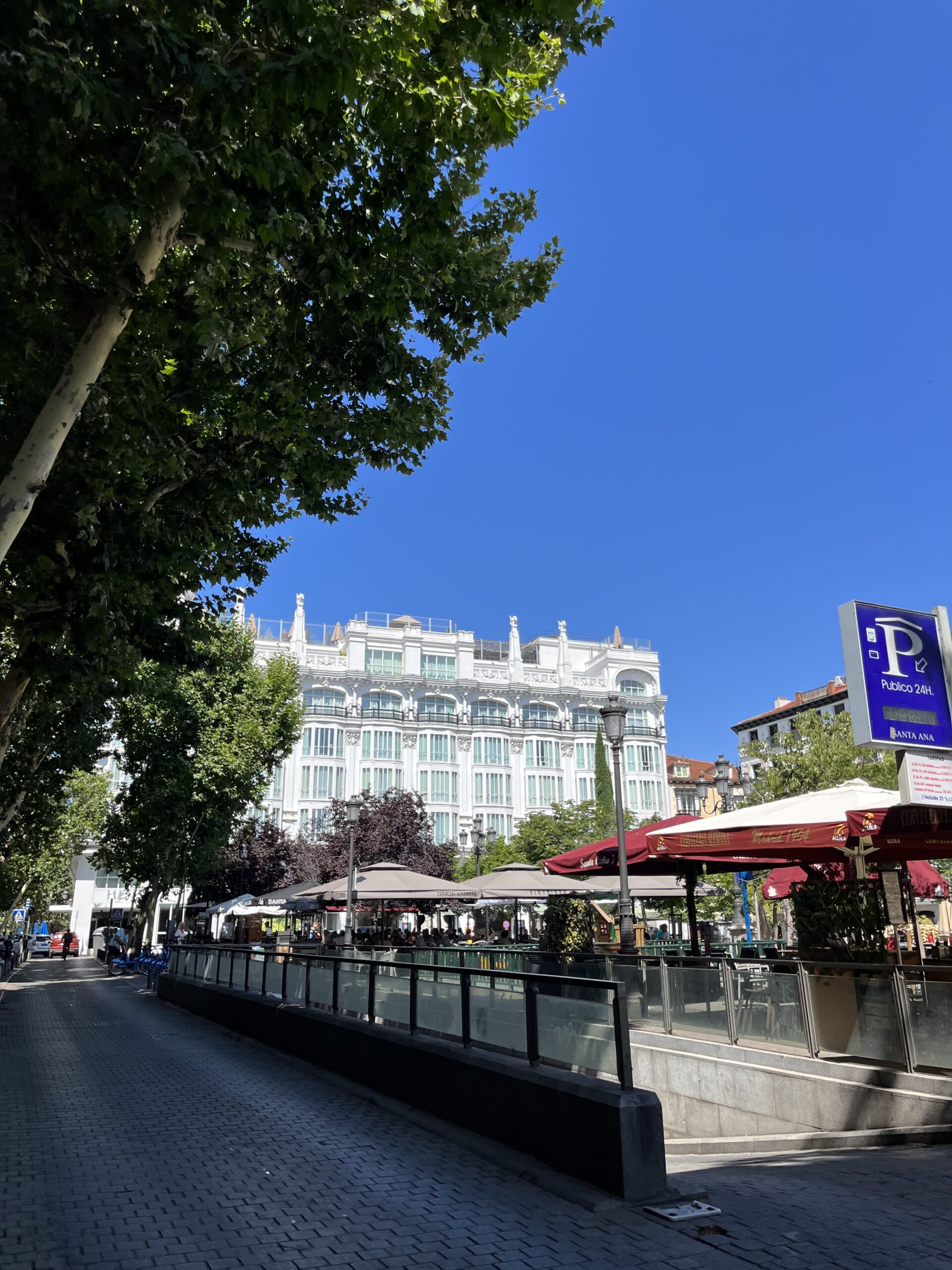Written By: Jessica Friedrich ’25 (Session 2)
On July 8th, we took our first trip outside of Madrid to Toledo. Toledo is thirty minutes south of Madrid and is rich in history and sights showing the mixing of the religions, cultures, and the influence the government has on a civilization. In the afternoon of July 8th after exploring Toledo, we went to the Cathedral of Toledo. Overall, the amount of detail that is encapsulated in the Cathedral greatly exceeded my expectations. Taking over two centuries to build, most of the town work effortlessly dedicating their lives to their work to make such a stunning monument. The Cathedral of Toledo is dedicated to Mary and her being crowned queen of heaven with a statue of her surrounded by lions, a symbol of power and courage, near the front entrance.
While inside of the cathedral, we were given a guided self-walking tour with two hours to explore all that the cathedral has to offer. In my exploration, there were a few things that stuck out to me. First, upon entry through the main door directly to the right there is a painting of Saint Christopher standing at about thirty five feet tall!!
Saint Christopher is seen in the painting holding a child. During his life, Christopher carried children across the river. One day when carrying a child he felt the weight grow heavier and heavier, until he realized he was carrying Christ; thus getting the name Christopher, meaning the one who bears Christ. Because of his actions, it is said that if someone sees Christopher they would avoid death for that day. This painting struck me because of the story behind it and made me feel the presence of God in the Cathedral.
During the tour, my attention was drawn to the architecture of the Cathedral, specifically the ceilings. The Cathedral of Toledo is the first to use double ambulatory architecture meaning there were alternating x and y beam patterns on the ceiling. The y pattern allowed a curve in the ceiling and allowed for a circular shape that was very stable. Because of this architecture, it also became possible to direct natural light as seen in the cathedral with light shining onto El Transparente, the architecture in the back of the Church.
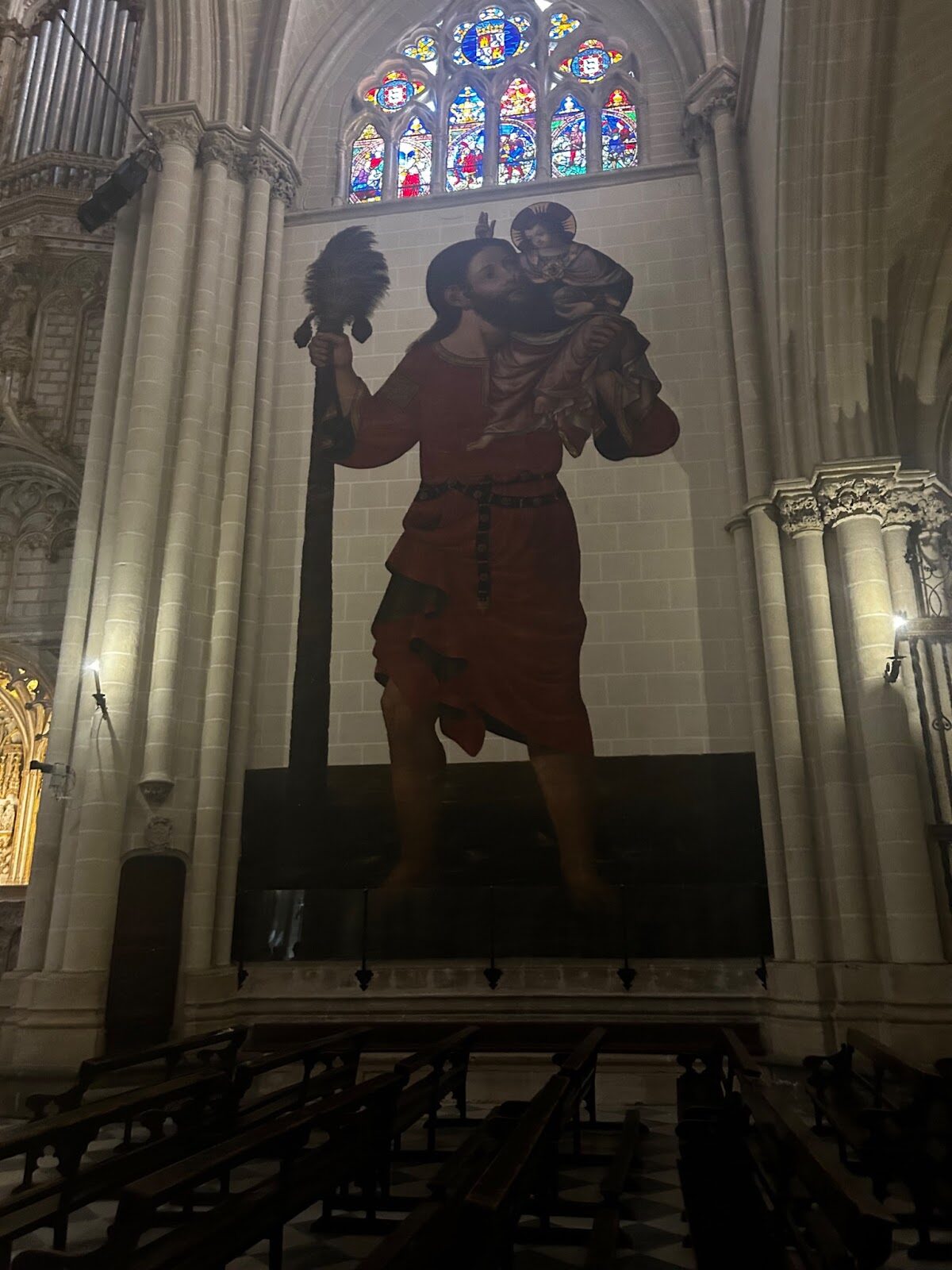
El Transparente is located in the back of the Cathedral behind the altar and has a dome shaped hole to allow light to pass from the window to the altar and connect the theme of the Eucharist to the Last Supper painting in the El Transparente to the Tabernacle on the altar.
The area that stuck out to me the most for the artwork is the Sacristy. Upon entering the main room of the sacristy there is a The Disrobing of Christ from the famous artist El Greco. In this painting Jesus is seen in a red robe surrounded by his tormentors. Jesus is seen with his left hand on his heart and his right hand pointed to a tormenter, begging God to forgive them. Jesus is seen without the crown of thorns and is depicted in a godly sense.
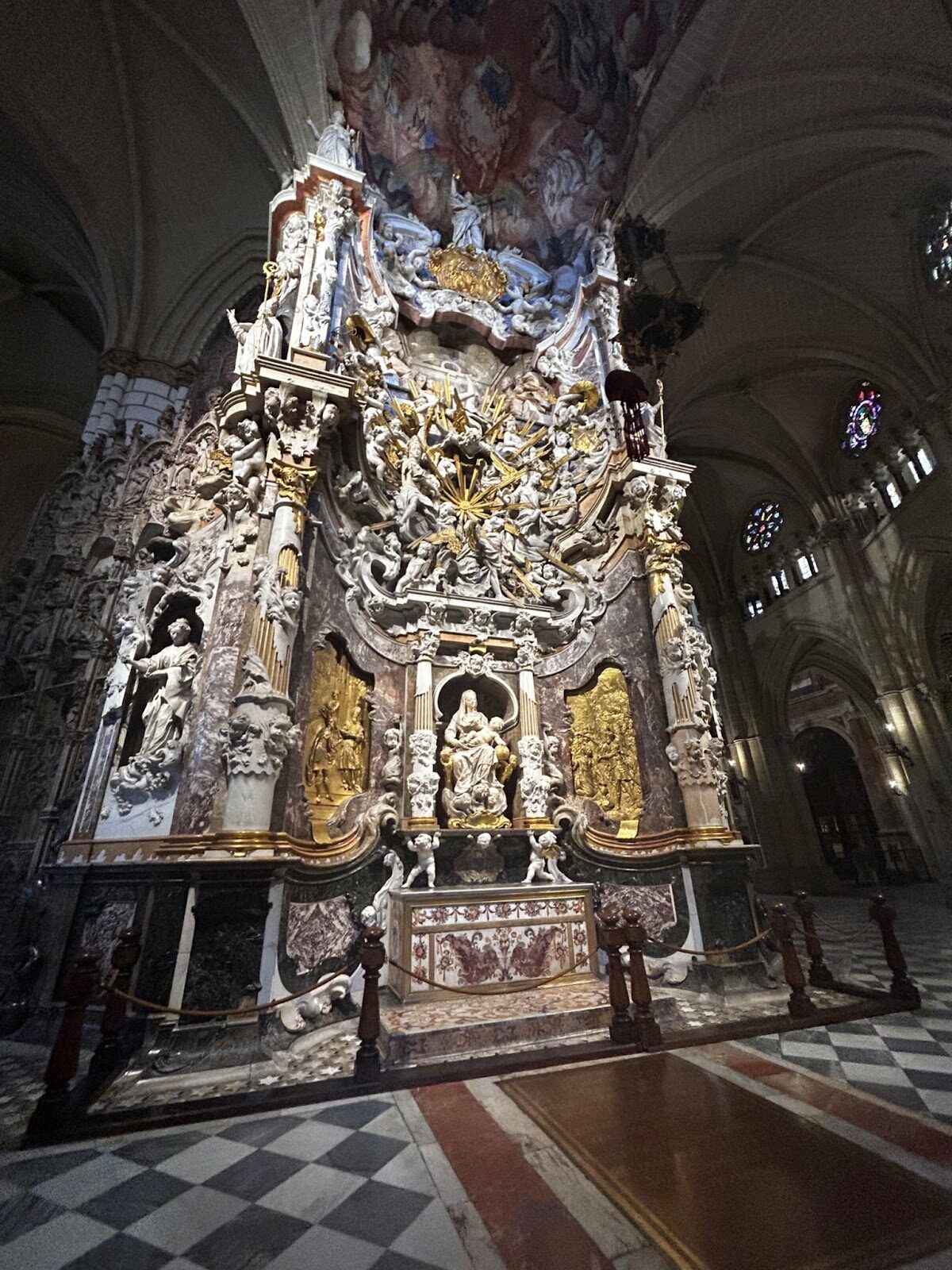
Next to the painting from El Greco is a painting of the Crucifiction of Jesus from Goya. In stark contrast to the Greco, Jesus is very humanized. These two paintings next to each other reinforced the idea that different artists from different decades will have different ideas of religion because of forces from politics and culture.
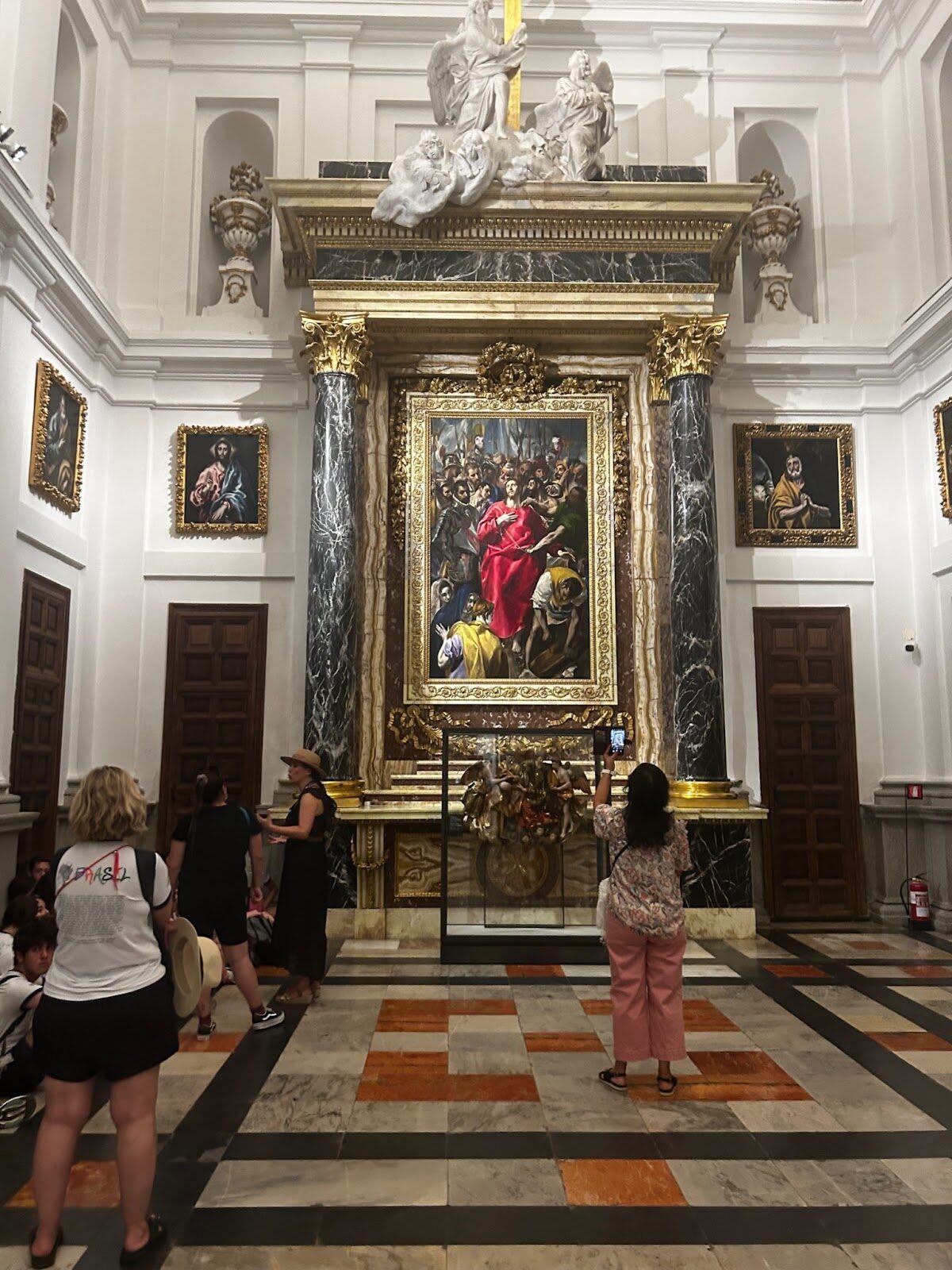
Finally, at the end of the two hours the tour ended behind the choir. On the right side the architecture shows the story of the beginning from Adam and Eve to Cain and Abel. This, stemming from the Hebrew scripture, connecting with the influence of Muslim architecture, tied together into the Christian literacy perfectly summarizes the convivencia the religions had together while the Cathedral was being built and demonstrates how a civilization is stronger when cultures blend.
This being my first time in Europe I had only seen Cathedrals from later periods in the United States such as Saint Francis Cathedral in New York City. The Cathedral of Toledo absolutely took my breath away with the amount of detail it holds and now I cannot wait to see what other Cathedrals and monuments have it store. Stay tuned to hear about what other trips and amazing sights we see!!


